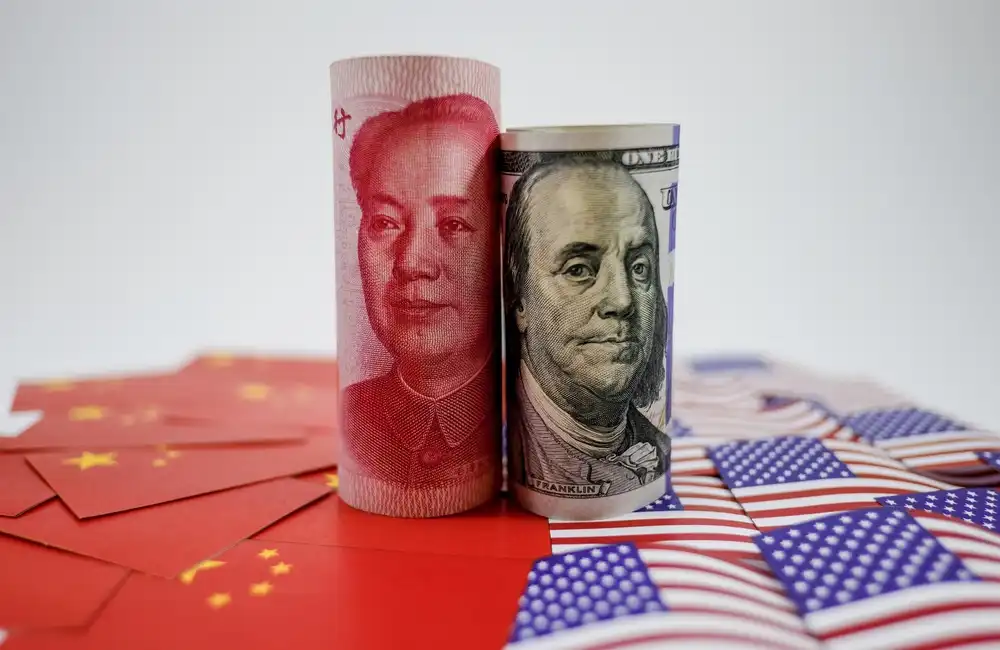Germany, one of Europe’s largest energy markets, has experienced significant fluctuations in its power prices over the last few years.
These shifts have been shaped by a complex interplay of market forces, regulatory changes, geopolitical factors, and the country’s ambitious energy transition goals. For businesses and investors, understanding the dynamics behind German power prices is essential for creating robust energy strategies and identifying potential opportunities in the sector.
Key Drivers of German Power Prices
The Energy Transition (Energiewende)
Germany’s policy to move from fossil fuels and nuclear toward wind and solar increases costs via renewables subsidies, intermittent supply swings, and grid modernisation expenses.
Geopolitical Influences
Reduced Russian gas supplies and tensions in key regions elevate gas prices, while import dependencies and supply-chain disruptions further drive up electricity costs.
Carbon Pricing
The EU Emissions Trading System forces generators to buy CO₂ allowances, pushing wholesale power prices higher as carbon permit costs rise.
Nuclear Phase-Out
Since exiting nuclear power in April 2023, Germany relies more on gas-fired plants during peak demand, adding pressure to electricity prices.
Impacts on Businesses and Industries
Higher Operating Costs
Energy-intensive manufacturers and chemical producers face margin squeeze as power bills climb, threatening Germany’s industrial competitiveness.
Renewables as a Competitive Edge
Firms locking in green energy via power purchase agreements can stabilise expenses and gain market advantage.
Consumer Subsidies and Relieved Pressure
Temporary caps on consumer and business tariffs during crises demonstrate government support to balance affordability with green investments.
Looking Ahead
The Rise of Renewable Energy
Ongoing investments in storage and grid upgrades will smooth renewable output and help stabilise long-term prices.
European Energy Market Integration
Cross-border trading and shared grid infrastructure promise lower volatility by tapping surplus power from neighbours.
The Role of Hydrogen
Green hydrogen development offers a low-carbon alternative to gas, potentially reducing exposure to geopolitical supply shocks.
Key Takeaways for Businesses and Investors
Strategic Energy Management
Adopt efficiency measures and renewables to mitigate rising electricity costs.
Monitoring Policy Changes
Track regulatory shifts and relief schemes to anticipate cost impacts and funding opportunities.
Opportunities in Renewables
Explore investments in wind, solar, and hydrogen projects to capitalise on Germany’s low-carbon transition.
Final Thoughts
Germany’s power pricing reflects the trade-off between sustainable decarbonisation and market challenges. Staying ahead of these trends is vital for resilience and growth.
For bespoke energy market consultation and tailored strategies, reach out to Advisor’s Gateway to stay competitive in a changing energy landscape.























